-uniqueid1
latitude: 30.7188235
longitude: 76.810132
-uniqueid2
latitude: 30.7188235
longitude: 76.810132
there are 1000 such records in firebase , I want to find uniqueids closest to a specific long/lat.I started using startAt() and endAt() but no success.How do we implement conditional clause and multiple queries.The query me looking for is
SELECT uniqueids from table where (lon-specific_lon)^2+(lat-specific_lat)^2<CONSTANT.

